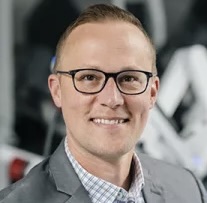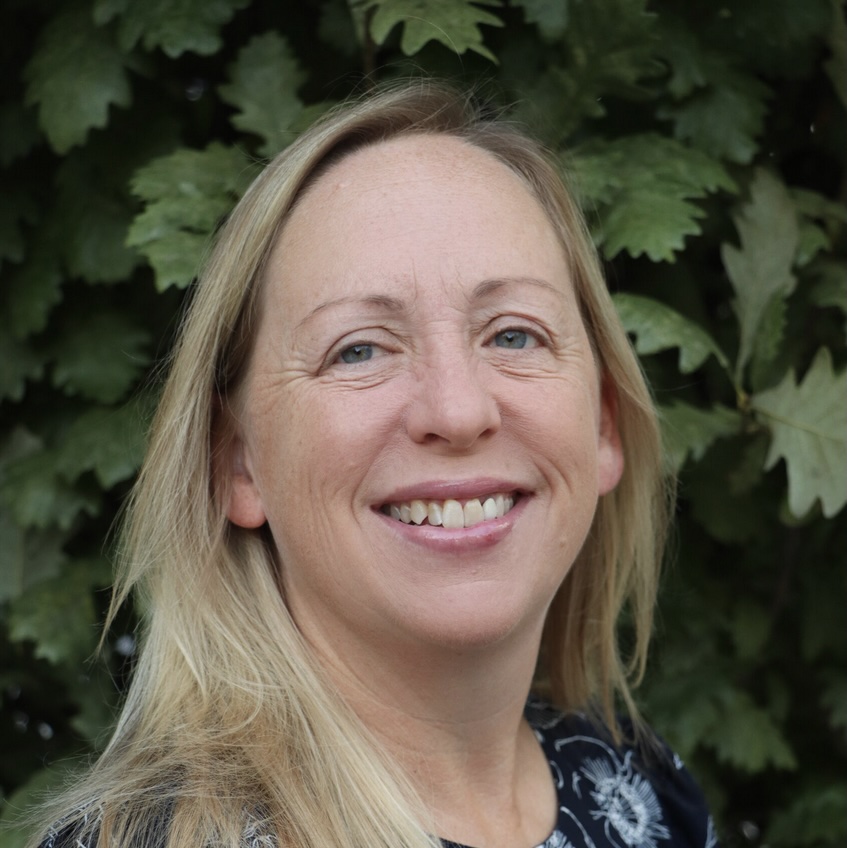Health system leaders face quite the paradox. The ultimate objective is to transition out of firefighting mode and focus on innovating for the future. The problem is that the fires – or in some cases, water main breaks – keep happening.
It happened a few months ago when Skokie Hospital, a specialty hospital dedicated to orthopedic and spine care, when frozen water damaged the storm sewer, causing the facility to close for three days.
“How do you innovate when you’d just had to cancel all of your surgeries and move patients out of the building?” noted Justin Brueck, System VP of Innovation and Research at Endeavor Health.

Justin Brueck
The short answer involves “leaning into” virtual nursing and ambient listening and embracing cutting-edge concepts like genomics. Doing so, however, requires a different approach than organizations have taken in the past.
During a recent Keynote Interview, Brueck talked about the strategic vision at Endeavor, a community-based system formed from the merger of four Chicago health systems; the areas that are most ripe for innovation; and what it takes to drive transformation without losing your footing.
One of the key questions facing leaders is how to establish a consistent revenue stream that will allow the organization to make investments. “Our mission is to take care of patients. How do we supplement that to make it sustainable,” he said.
That’s where innovation comes into play – or more specifically, his unique title. “I’m constantly sourcing what’s the latest and greatest out there,” Brueck added. “It gives me the opportunity to test out ideas and see which ones are ready for primetime and which need to go through more research.”
Of course, the first step isn’t about finding a solution, but rather, identifying the problem. One of those is the silver tsunami that’s quickly approaching – not just in terms of the aging baby boomers who need medical care, but the large percentage of providers who are nearing retirement. “We’re not going to have enough workers to take care of patients,” Brueck said. “We have to lean into technology. There’s no way around it. We have to become smarter with the resources that we have,” specifically tools like ambient dictation, virtual nursing, and even robotics.
The other part of that involves automating manual and “tedious” tasks, which can free up physicians, nurses, and other caregivers to focus on patient care. “We’re going to have to upskill and get people working at a higher level,” he added.
It may seem obvious, but that’s what innovation should be, according to Brueck. “Innovation has different flavors, but it’s solving for the expected; things that people didn’t have the time or bandwidth to be able to focus on because they’re putting out fires. But we also have to be thinking about how we’re going to radically disrupt ourselves.”
Although it may not seem ‘radical,’ an area that most certainly can be disruptive is genomics. “We’ve got to move out of one-size-fits-all medicine,” and that means identifying tools that can risk-stratify patients to ensure they’re receiving the right level of care. “It all comes down to making sure we’re matching care appropriately,” he said. “It’s not one size fits all. We need to look at personalizing care.”
With research showing that a sizable percentage of risk factors are based on genetics, he believes it’s imperative to focus on utilizing this data to diagnose and treat conditions.
To that end, Endeavor is establishing a Center for Preventative Genomics, with the goal of testing 100,000 patients per year in the Chicago area. The challenge, he noted, isn’t necessarily around the costs, which are far more manageable than in the past. Instead, it’s driving adoption and incorporating genetics into the workflow, which is difficult when physicians report having such a small window to discuss testing with patients.
“I’m really excited to see that a lot of health systems are beginning to look at genetics and how it can be incorporated,” Brueck said, noting that it’s a major step toward achieving true healthcare rather than ‘sick care’. “But until you change the foundation around that and the expectation around clinicians to be aware of all these things, it’s going to continue to be a challenge.”
This is where leaders can apply some of the same principles that are in place for fostering innovation, according to Brueck. During the discussion, he provided valuable insights based on his strategy at Endeavor.
Finally, with any innovation, leaders need to be laser focused on not just the solution itself, but what factors will enable it to scale and what will position it for success. “And it’s not just ideas,” he noted. “We’re going to have to accept the fact that short-term thinking is going to get short term results. We have to start taking bigger swings.”
And while health systems might never be fully ready for radical disruption, they do need to take bold steps that can position themselves for the future.


Questions about the Podcast?
Contact us with any questions, requests, or comments about the show. We love hearing your feedback.

© Copyright 2024 Health Lyrics All rights reserved